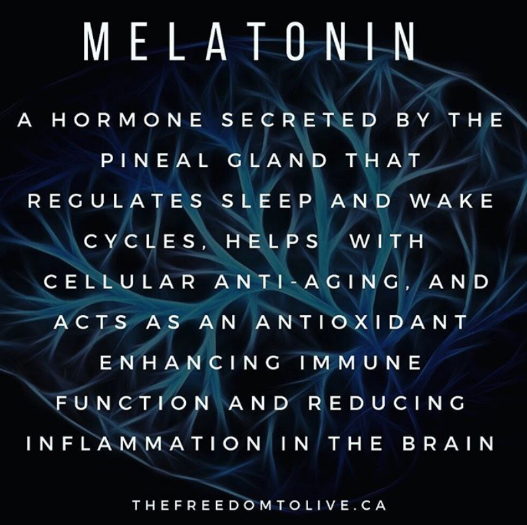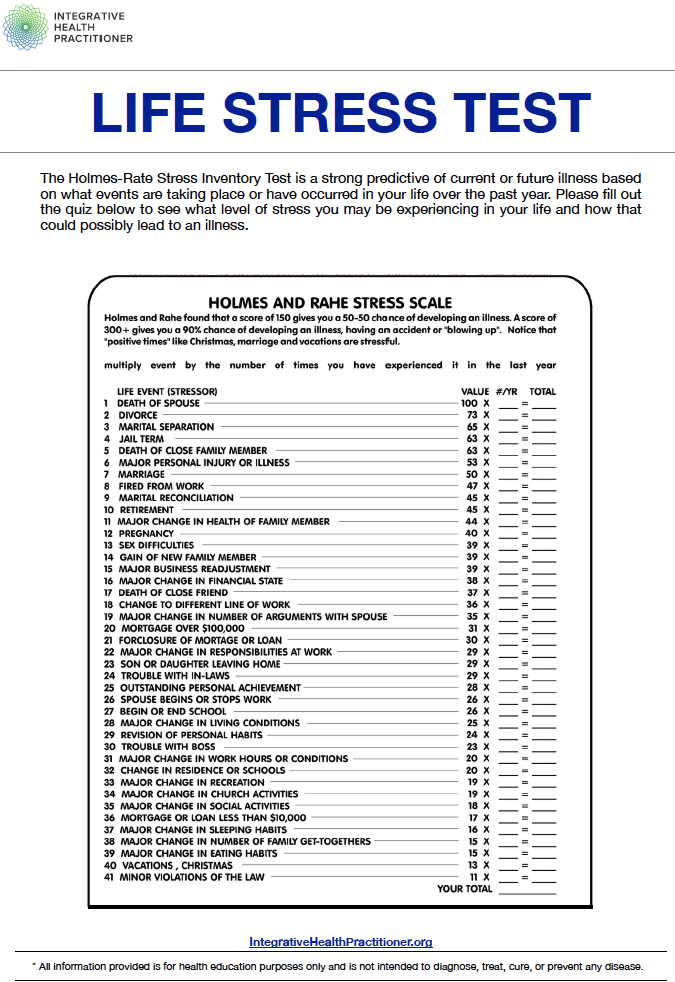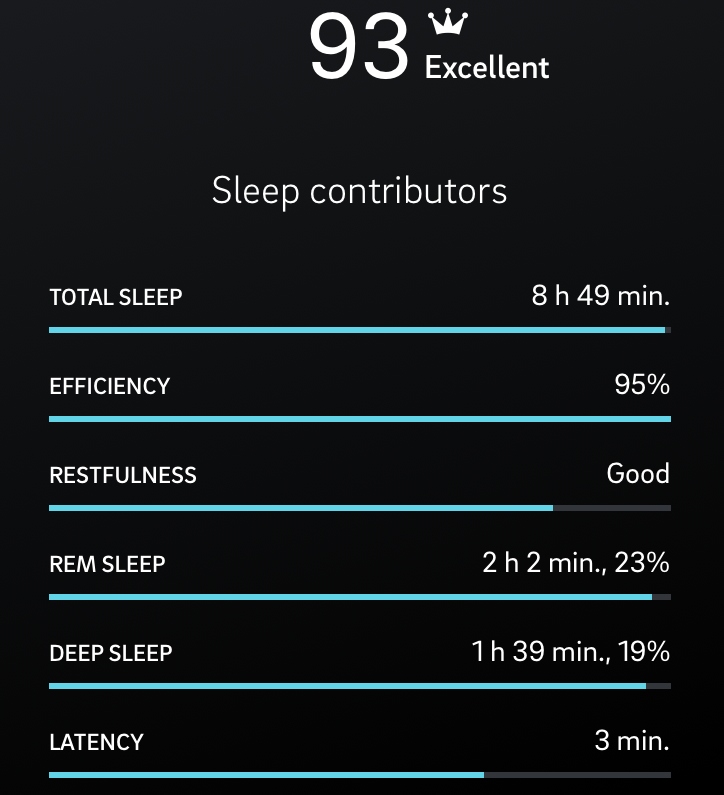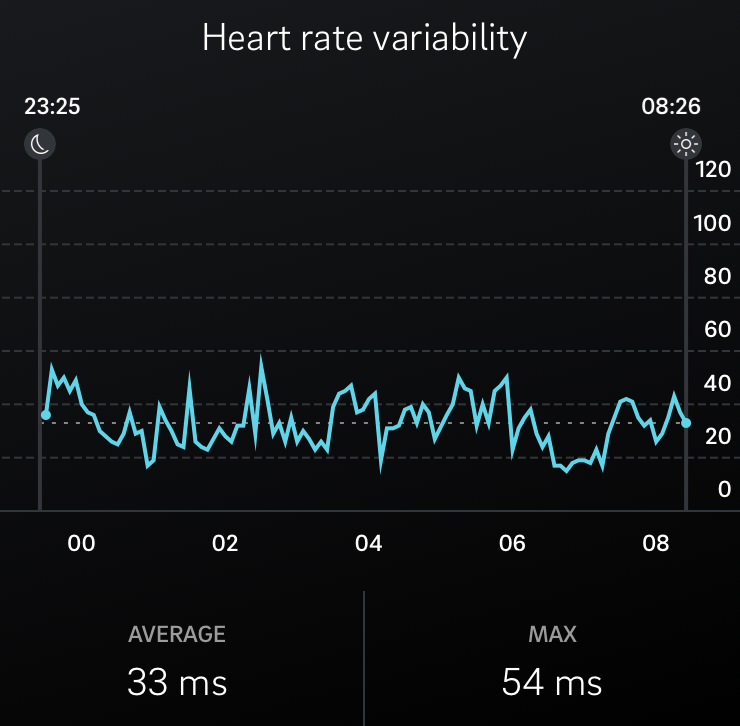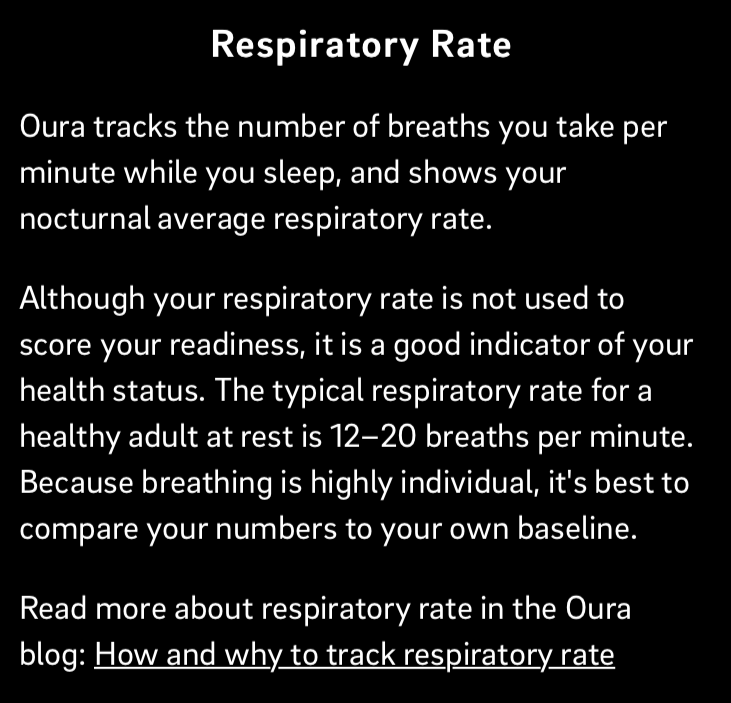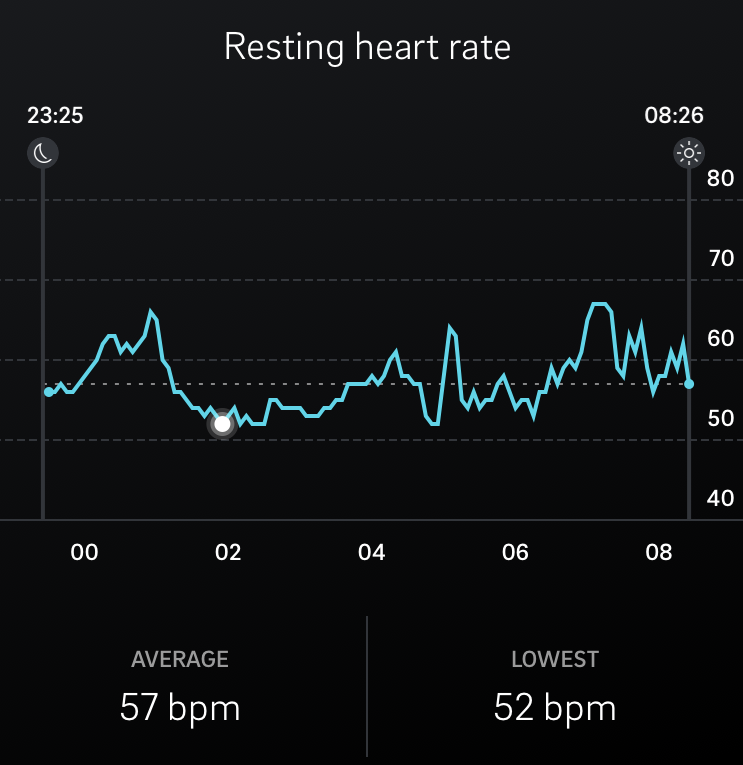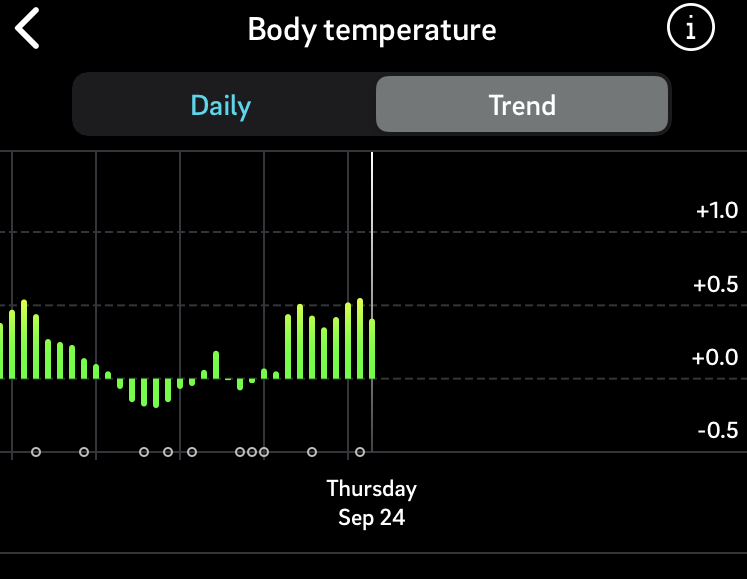At the root of healing, the first step is to balance the nervous system and get back to a normal natural biological cycle between cortisol and melatonin production.
The opposite of the stress hormone (cortisol) is melatonin. In functional medicine, we look at everything in ratios and balance.
Most of society is in a cortisol dominance, sympathetic nervous system SNS, or chronic Fight Flight stress-based state.
Often this state of being is very unconscious because we get used to this "just a way of life" mindset.
Sleep 101 (Rest and Recovery)
1. Set consistent wake and sleep times.
2. Wear blue light blocker glasses (amber glasses) starting at 6:30pm daily.
3. Create an electronic power-down (sunset) in your home. Switch off electronics, wifi, screens ideally a few hours before the set sleep time (step 1). Opt for (unscented natural) candle light or the soft glow of salt lamps.
4. Remove all bluelight and technology from the bedroom and have wifi on a timer. (See 5 easy low-cost steps to remove EMFs and harmonize your environment here.)
5. Install dark blinds.
6. Consider a weighted blanket. I recommend Baloo Weighted Blankets.
7. Set your thermostat to cooler temps overnight. The ideal sleeping temperature is between 60 - 67 Fahrenheit (15.6 - 19.4 degrees Celsius). This may vary from person to person. Consider the chilisleep systems if you are a hot sleeper or if you tend to feel cold at night. The chilisleep can improve your sleep quality and comfort.
8. Track Sleep quality with the Oura Ring.

